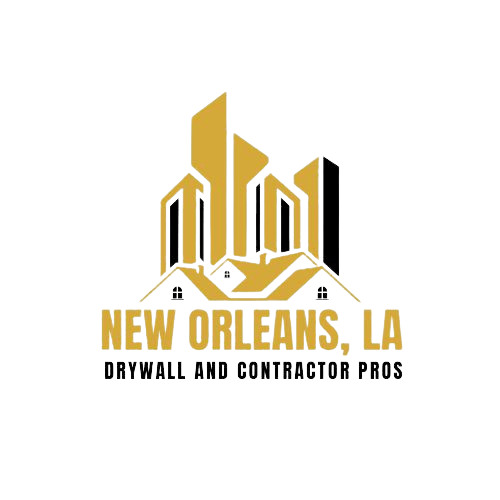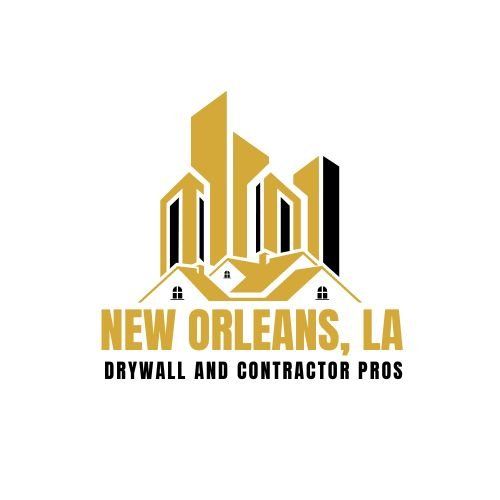The Secret to a Perfect Ceiling: Drywall Repair Made Easy
Mastering the Art of Seamless Drywall and Ceiling Repair for a Flawless Home
Drywall, also known as sheetrock, is a fundamental element in modern home construction, offering a smooth finish for walls and ceilings. However, it is prone to damage from accidents, moisture, and wear and tear over time. Repairing drywall is essential to maintain the aesthetic appeal and integrity of your home. This comprehensive guide will walk you through the process of drywall repair, ensuring you can achieve a perfect ceiling and flawless walls with ease.

Understanding Drywall Repair
Drywall repair encompasses various techniques used to fix holes, cracks, and other damages in drywall. Whether you're dealing with minor punctures or significant holes, mastering drywall repair is crucial for homeowners. A proficient drywall fixer can make these blemishes disappear, leaving behind a surface that looks as good as new.
Identifying the Need for Repair
Before embarking on a repair, it's important to assess the extent of damage. This can range from small cracks and nail pops to large holes or water damage. Identifying the type of damage will help you choose the appropriate repair method, whether it's a simple drywall patch or more extensive drywall and ceiling repair.
Choosing the Right Drywall Contractor
For significant repairs, hiring a professional drywall contractor is advisable. A reputable drywall company or drywall repair company specializes in all forms of drywall work, ensuring high-quality finishes. Look for a drywall services provider with excellent reviews and a portfolio of successful drywall ceiling repair and drywall crack repair projects.
DIY Drywall Repair Tips
For those inclined to undertake drywall repair themselves, here are key steps and tips to ensure a successful outcome:
Small Holes and Cracks:
Use a drywall patch or joint compound for minor repairs. Apply the compound smoothly, and sand it down once dry for a seamless finish.
Large Holes: For holes larger than a few inches, you may need to use a drywall patch kit or create a patch from a new piece of drywall. Secure the patch in place, then tape and apply joint compound as needed.
Ceiling Repairs:
Drywall ceiling repair can be more challenging due to gravity. Use a plasterboard fixing to hold the patch in place before finishing with joint compound.
Crack Repairs:
For drywall crack repair, use a flexible joint compound to fill the crack, allowing for movement without further damage.
Finishing Touches: Sanding is crucial for a smooth finish. After repairing, sand the area thoroughly before applying primer and paint.
Maintaining Your Drywall
Regular maintenance can prevent significant damage. Inspect your walls and ceilings periodically for signs of wear or damage. Addressing issues early with a wall repair service can save time and money in the long run.
When to Call a Professional
Certain situations, such as extensive water damage or structural issues, require the expertise of a ceiling repair company or a company specializing in dry wall repair services. Professional drywall services have the tools, experience, and expertise to tackle complex repairs and ensure the durability of the repair.
Advanced Repair Techniques
Matching Textures
Once the basic repair is done, matching the texture of the repaired area with the surrounding surface is crucial for a seamless look. Techniques vary depending on the texture type, such as knockdown, orange peel, or smooth finish. For textured surfaces, you may need to use a texture spray or manual texturing tools. Practice on a scrap piece of drywall before applying to the actual repair site to ensure a match.
Avoiding Common Mistakes
Common mistakes in drywall repair, such as over sanding, applying too much joint compound, or not allowing adequate drying time, can lead to poor outcomes. Patience and attention to detail are key. Apply joint compound in thin layers, allowing each layer to dry completely before sanding or adding another.
Utilizing the Right Tools and Materials
Investing in high-quality tools and materials can significantly impact the ease of repair and the quality of the finish. Essential tools include a drywall knife, sanding block, joint compound, drywall tape, and a patching kit for larger holes. For larger projects or frequent repairs, consider a drywall sander and a drywall lift for ceilings.
Moisture Damage and Mold Prevention
In cases of water damage, it's crucial to address the source of moisture before repairing the drywall to prevent future issues. This might involve exterior repairs, plumbing fixes, or improving ventilation. Additionally, consider using moisture-resistant drywall in areas prone to humidity, such as bathrooms and basements.
Aesthetic Considerations and Painting
After the repair is complete and the surface is smooth, choosing the right paint and primer is the next step. Use a primer suitable for drywall to ensure the best paint adhesion and durability. When painting, feather the edges over the repaired area and into the existing paint to avoid visible lines. Matching the paint color and sheen is essential for a truly invisible repair.
The Role of a Professional Drywall Repair Company
While DIY repairs are feasible for many homeowners, certain situations call for the expertise of a professional drywall company or wall repair company. These experts can handle large-scale repairs, intricate textures, and finishes, and provide warranties for their work. A professional drywall contractor can also offer advice on preventing future damage and maintaining the durability of your walls and ceilings.
Final Thoughts
Drywall repair is an invaluable skill for homeowners, blending art and technique to restore the beauty of your home's interiors. Whether tackling a small crack, a large hole, or seeking to prevent future damage, the key to success lies in understanding the materials, mastering the repair techniques, and applying a meticulous finishing touch. By following this comprehensive guide, you're well-equipped to handle any drywall challenge, ensuring your home remains a beautiful, welcoming space for years to come.




